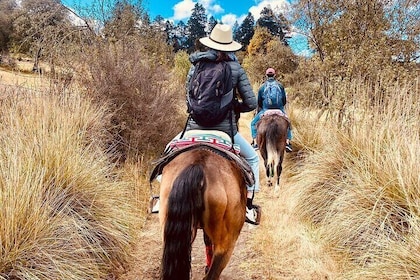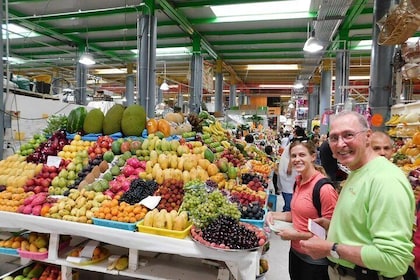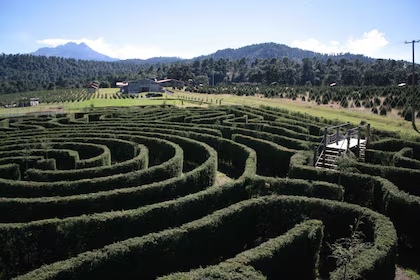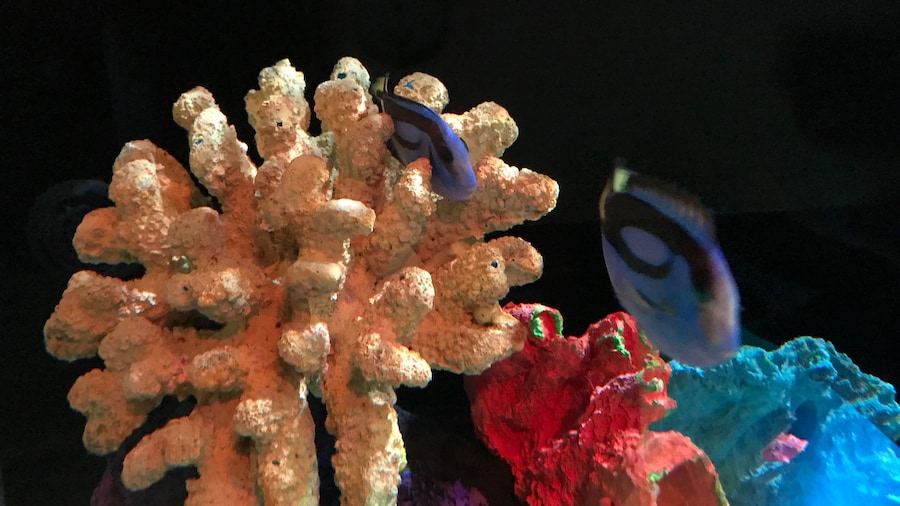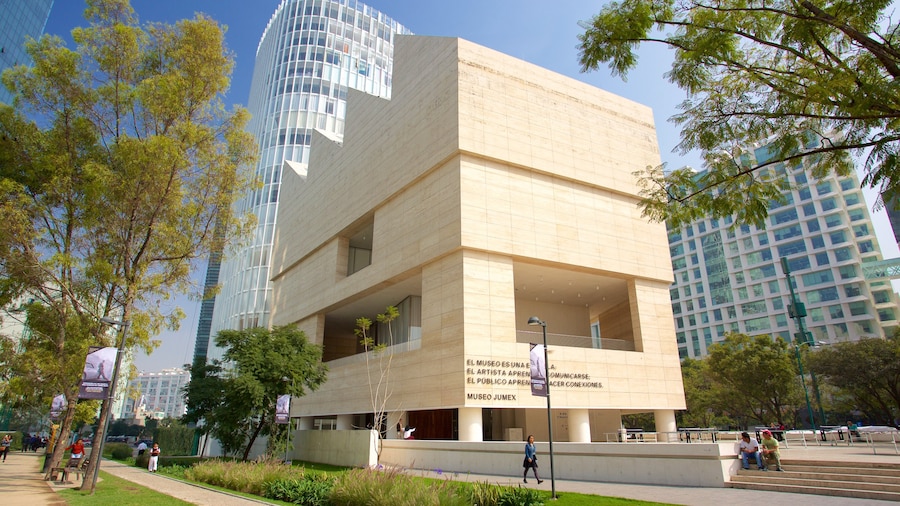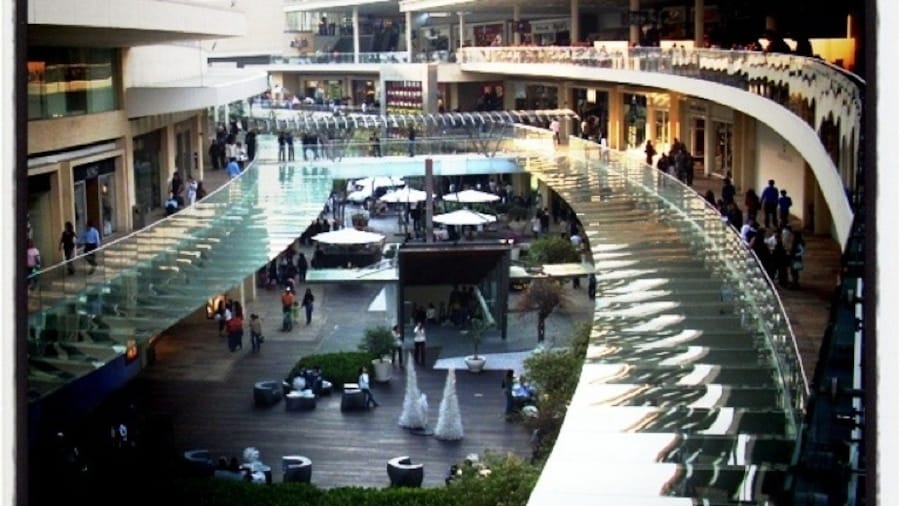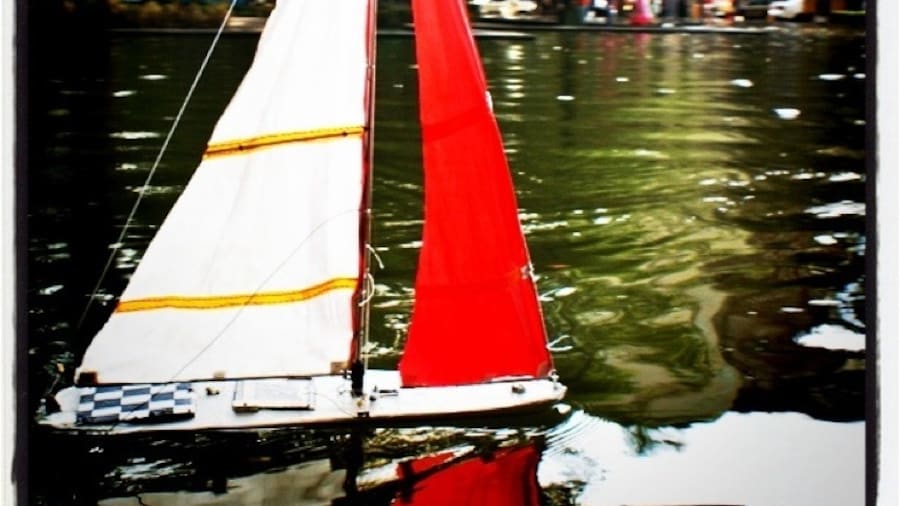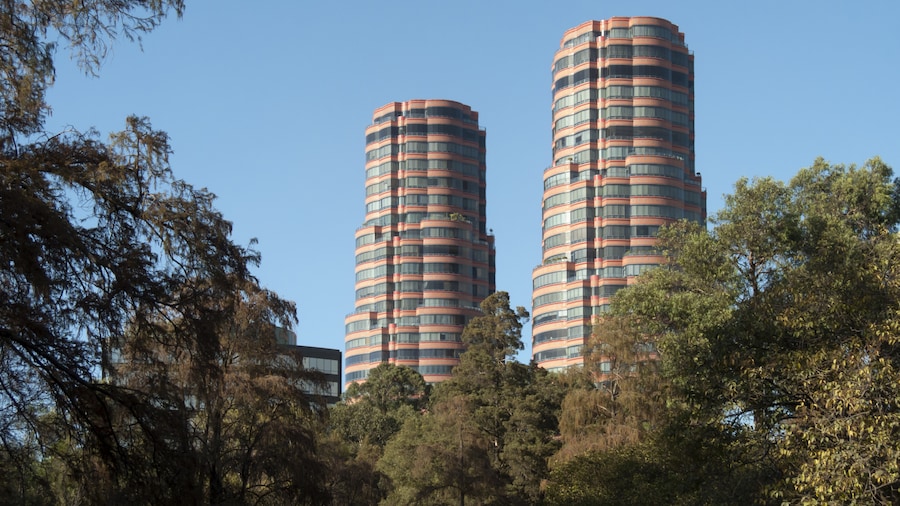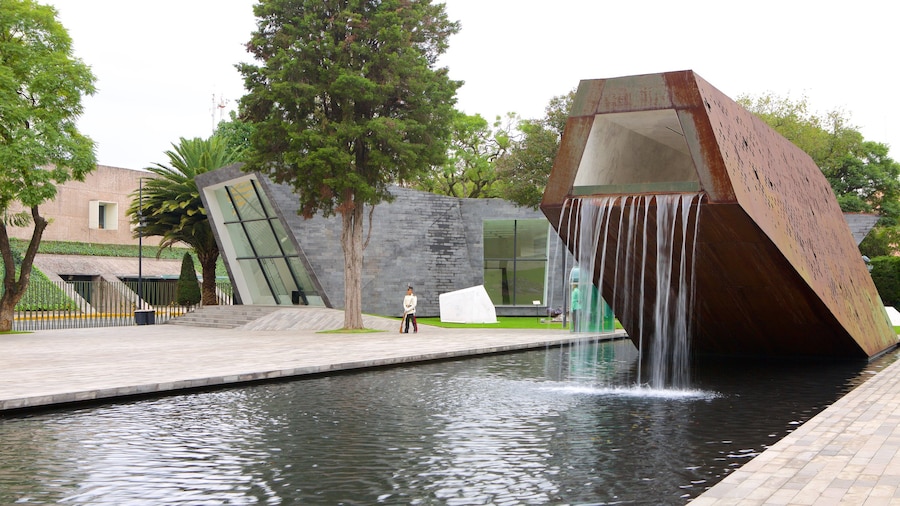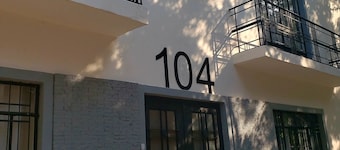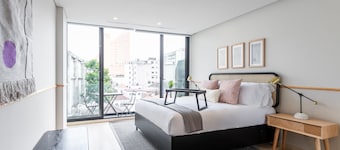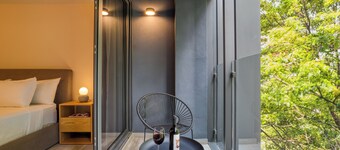Near the upscale Polanco neighbourhood, this unusually shaped museum holds some of the best displays of modern European art in Mexico.
The first thing you may notice about the Museo Soumaya is its distinctive shape, as if it were cut from the center of a silver hourglass. Despite the contemporary building design, the interior holds classical European works from the 15th to 20th centuries. See the displayed selections from the permanent collections and return to view the ever-changing temporary exhibitions.
The museum was founded in 2011 by Carlos Slim, one of the richest men in the world. It takes its name from his late wife, Soumaya Domit. His son-in-law Fernando Romero created the unique architecture to resemble the curves of a Rodin sculpture, with 16,000 hexagonal aluminum plates as a skin. A cast of Rodin’s The Thinker greets visitors at the entrance. The museum holds a stunning 66,000 pieces on six floors. Join more than 1 million people a year visiting the impressive site.
See famous paintings and sculptures from more than a dozen collections ranging from European masters to 20th-century Mexican art. You’re likely to find a piece by one of your favorite artists including Peter Brueghel the Younger, Cézanne, da Vinci, Dalí, Matisse, Monet, Renoir, Rivera, Peter Paul Rubens, van Gogh and many more. Permanent expositions include displays such as The Age of Rodin, Asian ivory and gold and silver decorative arts.
The museum also hosts temporary exhibits, such as a showing of paintings of Venice. Attend one of the free activities. Past offerings have included a demonstration of flamenco dance and reflections on products made in Mexico.
Study the large collection of pre-Hispanic materials. Letters from Christopher Columbus and writings of Hernán Cortés are also on display. Luscious red fruit fills the mural of Naturaleza Muerta by Mexican artist Rufino Tamayo hanging in the vestibule.
The Museo Soumaya is open daily from midmorning to evening and has no admission fee as the facility operates under the principle of “art for all.” After you’ve seen the modern art of Museo Soumaya, walk a few minutes south to the contemporary world of Museo Jumex. Both museums are near the affluent Polanco neighborhood. Arrive via cab or utilize bicycle parking.
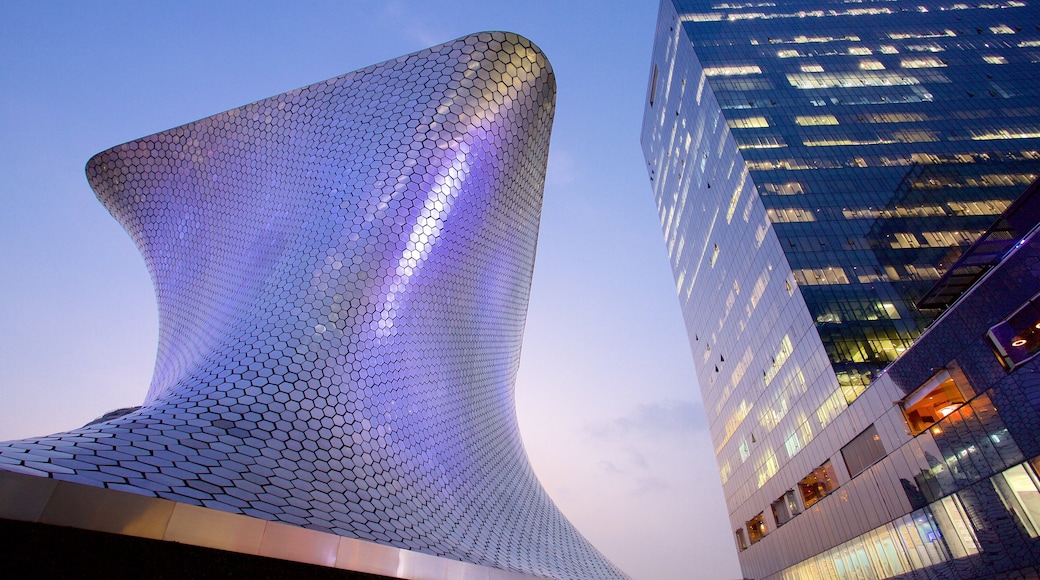
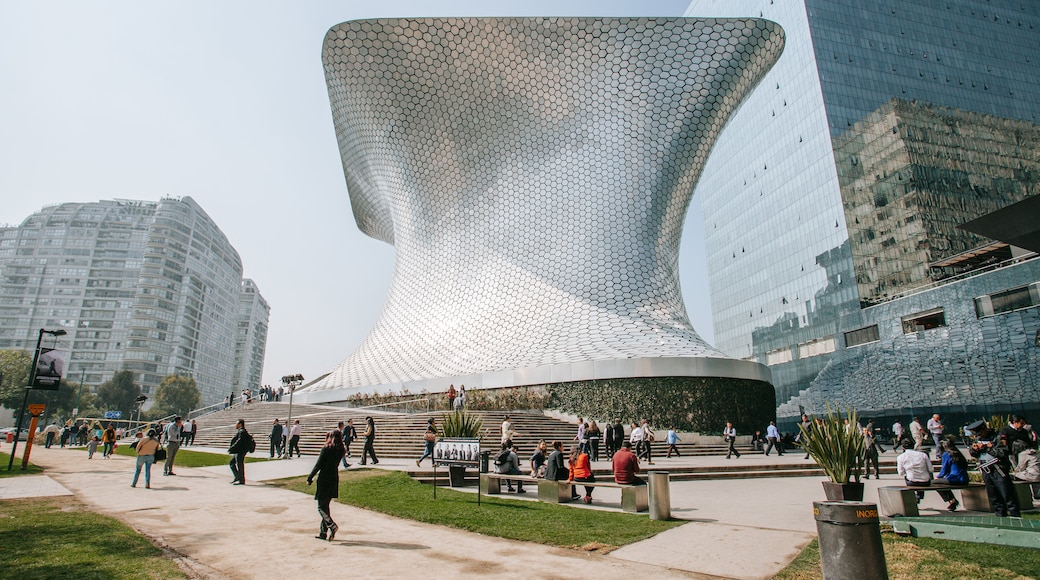
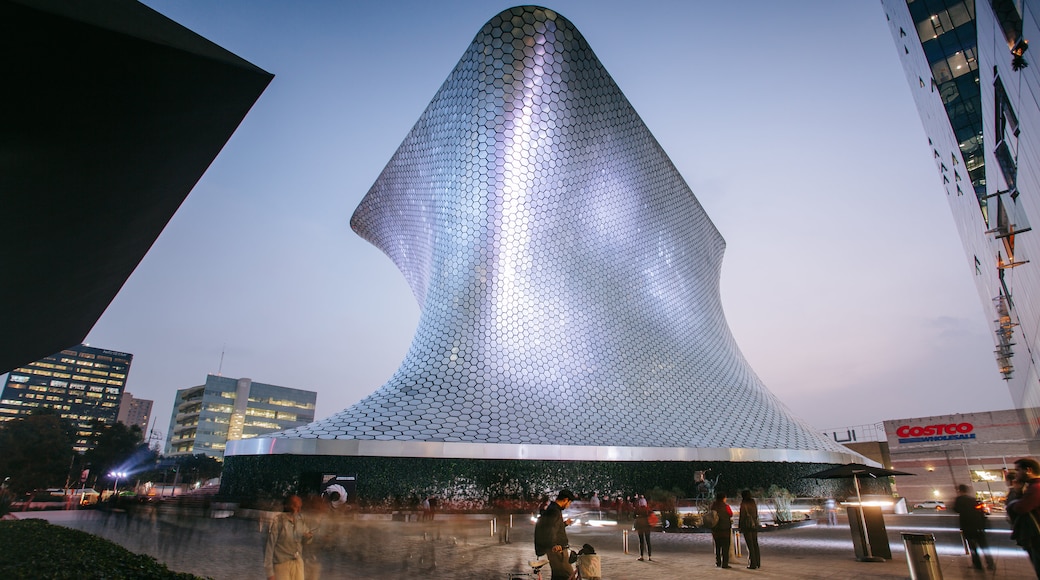
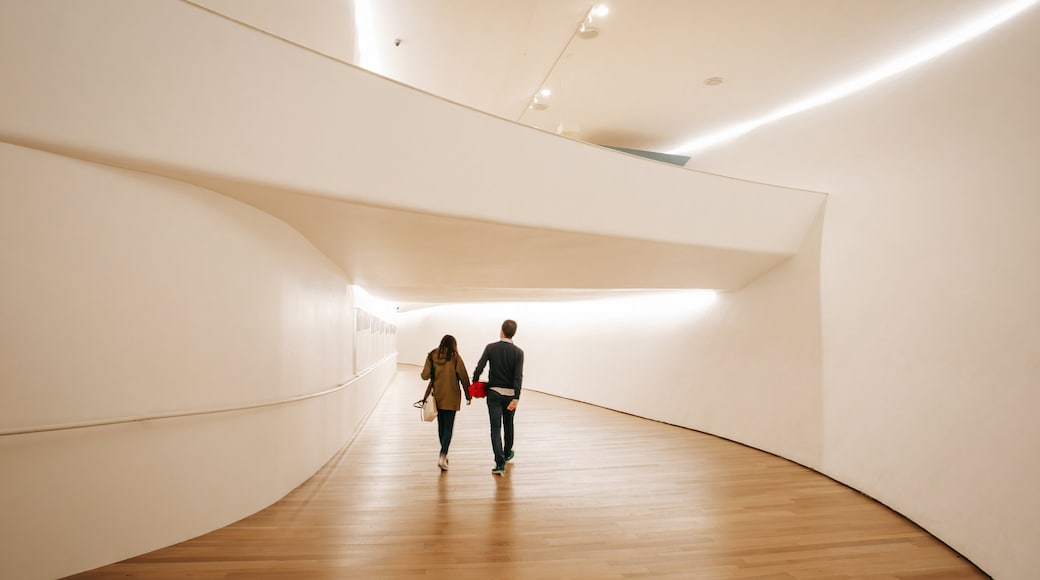




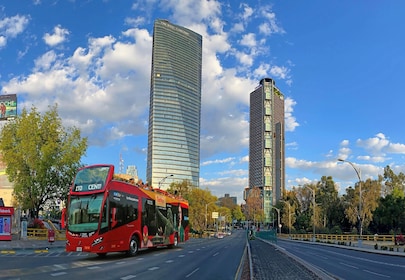
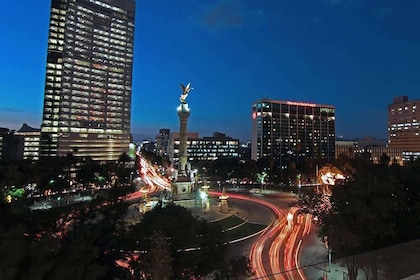


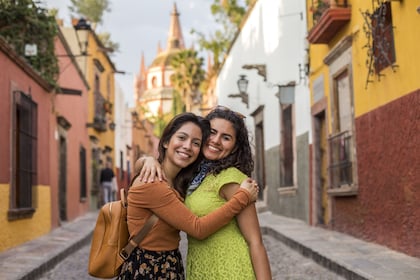


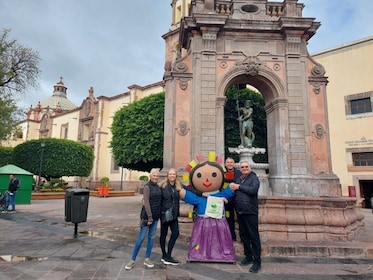



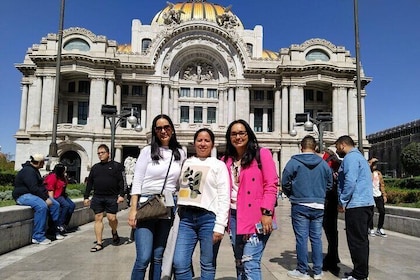



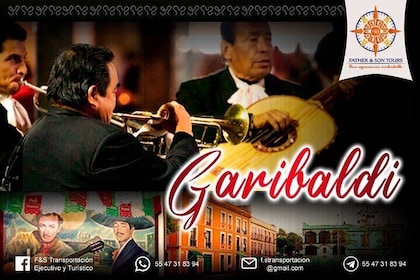

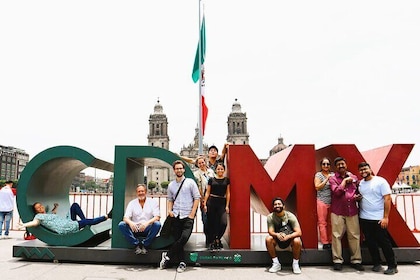





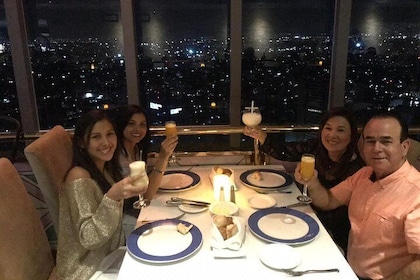
![Frida Kahlo VIP [Museum Tickets Included] Walk, Markets & Churros](https://mediaim.expedia.com/localexpert/46412059/4d1c2a37-203c-41d5-9403-6c5a28e68093.jpg?impolicy=resizecrop&rw=500&rh=280)


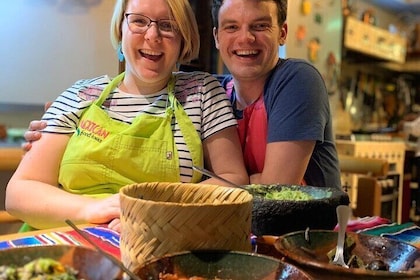







![Frida Kahlo VIP [Museum Tickets Included] Bike, Markets & Churros](https://mediaim.expedia.com/localexpert/46206678/8c901bf2-984d-4df4-9b1b-c5679c6669c3.jpg?impolicy=resizecrop&rw=500&rh=280)
